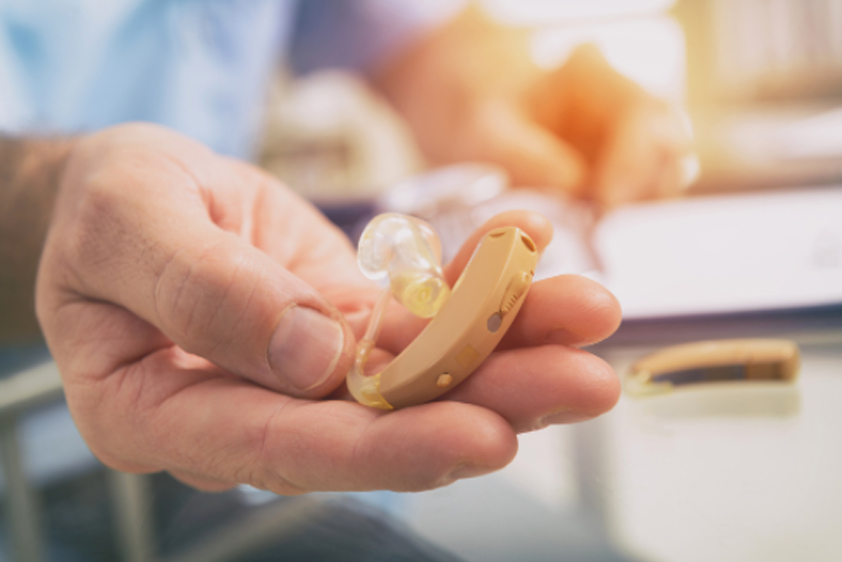
Audiology for All Ages
Hearing loss can create challenges and interfere with your regular life. Hearing loss related to ageing occurs gradually, so one may not notice it at first.
Signs and symptoms of hearing loss:
- Difficulty to distinguish words & voice with background noise
- Frequently asking people to speak slowly, clearly or loudly
- Muffling of speech and other sounds
- Issues with memory (Memory loss)
- Avoidance of some social settings
- Withdrawal from conversations
- High volume of the television
- Trouble hearing consonants
- Feeling of isolation
Audiology for All Ages
Hearing loss can create challenges and interfere with your regular life. Hearing loss related to ageing occurs gradually, so one may not notice it at first.
Signs and symptoms of hearing loss:
- Difficulty to distinguish words & voice with background noise
- Frequently asking people to speak slowly, clearly or loudly
- Muffling of speech and other sounds
- Issues with memory (Memory loss)
- Avoidance of some social settings
- Withdrawal from conversations
- High volume of the television
- Trouble hearing consonants
- Feeling of isolation





A Better Quality
of Life
Hearing loss can create challenges and interfere with regular life. If you or your family has some of the changes mentioned above in your behaviour, you may like to undergo a few routine tests to establish the extent of hearing loss. Very often children also need to go through these tests as postnatal routine tests for newborns. Often children’s hearing problems go undetected till a much later age and parents lose a window of opportunity to correct the same in the early stage and expect close to complete correction if not complete correction.
There are numerous hearing aids, by learning more about the symptoms, causes, tests, treatments and prevention of hearing loss, it is easier to understand how it impacts you or your loved one—and what you can do about it.
Audiological Evaluation
- PTA – Pure Tone Audiogram
- Impedance Audiogram / Tympanometry
- ETF – Eustachian Tube Function
- Specialized Audiological Tests
- CI – Cochlear Implant Evaluation
- ECOG – Electrocochleography
During these tests conducted by an audiologist, one wears earphones and hears sounds and words directed to each ear. Each tone is repeated at progressively fainter levels to find the level that you can hear.
This helps audiologists to measure how well the eardrum is vibrating when sound strikes and the functionality of tiny bones of the ear to transmit those vibrations to the organ of hearing. It also measures the pressure in the space behind the eardrum that contains tiny bones.
ETF test parameters (Valsalva, ET opening pressure, dilatory efficiency and % positive pressure equilibrated) are checked to establish Eustachian Tube dysfunction and the extent of damage
for diagnosing, monitoring, hearing conservation and hearing disorder rehabilitation: ABLB, SISI, TDT
The results of these tests combined with hearing loss history are used by the audiologist to determine if a Cochlear implant is likely to be helpful to the patient. This implant is a small, complex electronic device that can help to provide a sense of sound to a person who is profoundly deaf or severely hard-of-hearing. The implant consists of an external portion that sits behind the ear and a second portion that is surgically placed under the skin.
This test is an objective assessment used in the diagnosis of Meniere’s disease and other disorders. Electrical potentials generated in the cochlea (a part of the inner ear) in response to audio stimulation are measured by ECoG test.
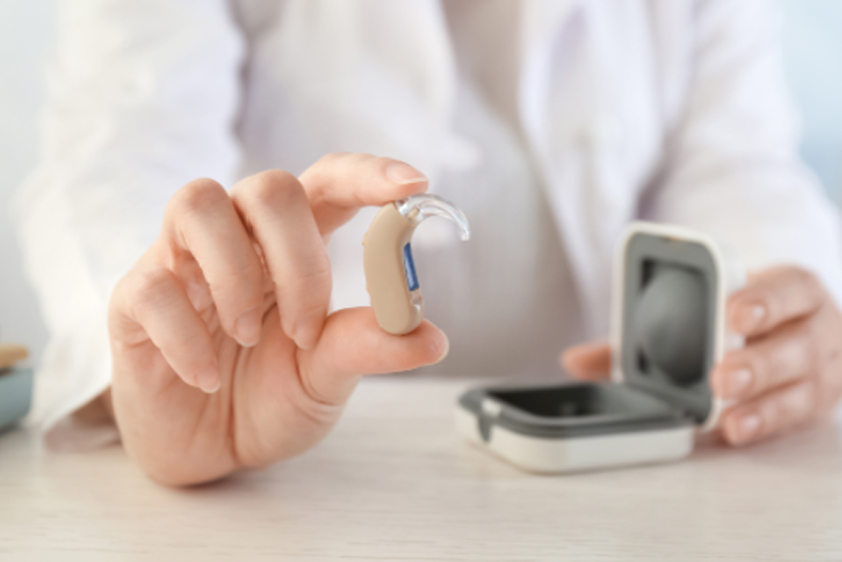





- PTA – Pure Tone Audiogram
- Impedance Audiogram / Tympanometry
- ETF – Eustachian Tube Function
- Specialized Audiological Tests
- CI – Cochlear Implant Evaluation
- ECOG – Electrocochleography
During these tests conducted by an audiologist, one wears earphones and hears sounds and words directed to each ear. Each tone is repeated at progressively fainter levels to find the level that you can hear.
This helps audiologists to measure how well the eardrum is vibrating when sound strikes and the functionality of tiny bones of the ear to transmit those vibrations to the organ of hearing. It also measures the pressure in the space behind the eardrum that contains tiny bones.
ETF test parameters (Valsalva, ET opening pressure, dilatory efficiency and % positive pressure equilibrated) are checked to establish Eustachian Tube dysfunction and the extent of damage
for diagnosing, monitoring, hearing conservation and hearing disorder rehabilitation: ABLB, SISI, TDT
The results of these tests combined with hearing loss history are used by the audiologist to determine if a Cochlear implant is likely to be helpful to the patient. This implant is a small, complex electronic device that can help to provide a sense of sound to a person who is profoundly deaf or severely hard-of-hearing. The implant consists of an external portion that sits behind the ear and a second portion that is surgically placed under the skin.
This test is an objective assessment used in the diagnosis of Meniere’s disease and other disorders. Electrical potentials generated in the cochlea (a part of the inner ear) in response to audio stimulation are measured by ECoG test.
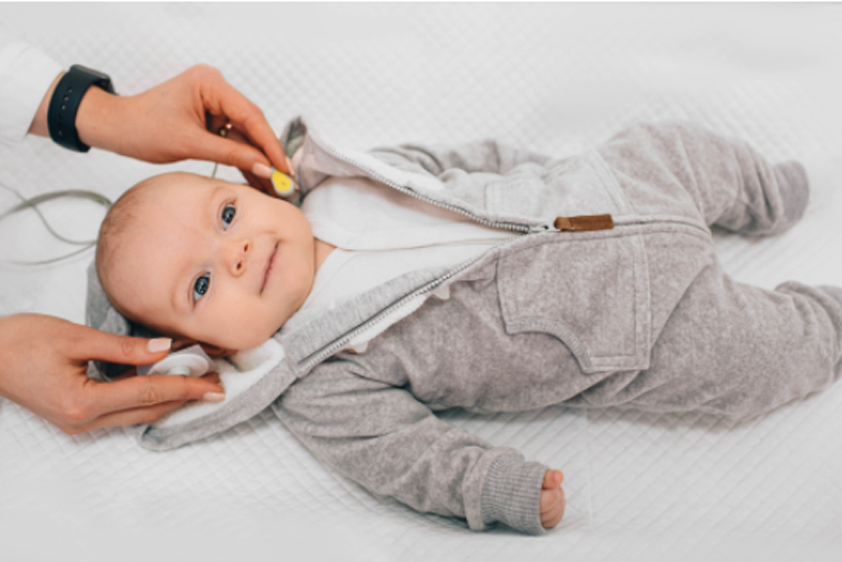

Diagnostics for Newborns, Infants and Children
Hearing loss can be managed if caught in an early stage of life. Early treatment can ensure parents do not lose the window of opportunity to correct the same.
- BERA: Brainstem Evoked Response Audiometry
- ASSR: Auditory Steady State Response
- OAE: Oto-Acoustic Emissions
Brainstem Evoked Response Audiometry is an objective neurophysiological test for the evaluation of the hearing threshold and diagnosing retrocochlear lesions. Both in adults and children, this basic test for hearing loss should be routinely taken. Using BERA, it has been found that over 30% of children below 10 years show some degree of hearing problems. The early diagnosis and rehabilitation will reduce disability in these children.
Bera also gives a reasonably accurate assessment of hearing threshold levels objectively when used in adults. Along with speech stimuli, it helps in the identification of complex hearing disorders involving auditory processing areas of the brain.
Auditory Steady-State Response is an objective test used to evaluate the hearing ability in young children for traditional audiometric testing. This information is essential in the management of children with suspected hearing loss.
Oto-Acoustic Emissions test checks the inner ear’s response to sound. The test is mostly done on infants and children who are generally unable to respond to hearing tests because of their age.
- BERA
- ASSR
- OAE
Or Brainstem evoked response audiometry is an objective neurophysiological test for the evaluation of the hearing threshold and diagnosing retrocochlear lesions. Both in adults and children, this basic test for hearing loss should be routinely taken. Using BERA, it has been found that over 30% of children below 10 years show some degree of hearing problems. The early diagnosis and rehabilitation will reduce disability in these children.
Bera also gives a reasonably accurate assessment of hearing threshold levels objectively when used in adults. Along with speech stimuli, it helps in the identification of complex hearing disorders involving auditory processing areas of the brain.
Auditory Steady-State Response is an objective test used to evaluate the hearing ability in young children for traditional audiometric testing. This information is essential in the management of children with suspected hearing loss.
(Otoacoustic Emissions) test checks the inner ear’s response to sound. The test is mostly done on infants and children who are generally unable to respond to hearing tests because of their age. Now it has become protocol in hospitals to check for newborn screening for hearing loss.
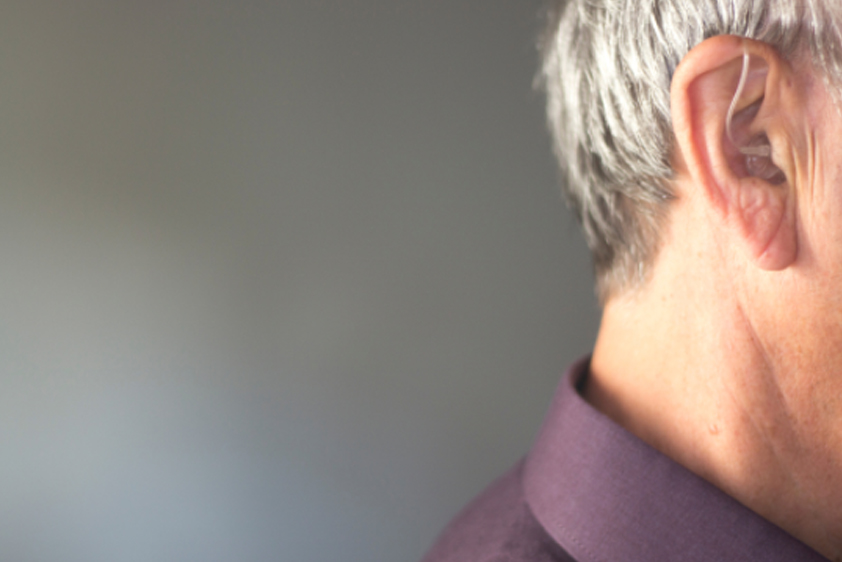


Comprehensive Audiological Rehabilitation
A Comprehensive Auditory Rehabilitation (CAR) approach incorporates sensory management, counseling, instruction, and clinician-guided auditory training (AT), which maximizes the opportunity to optimize speech recognition and quality of life outcomes for adult CI (Cochlear Implant) users.
A cochlear implant is a small, complex electronic device that can help to provide a sense of sound to a person who is profoundly deaf or severely hard-of-hearing. The implant consists of an external portion that sits behind the ear and a second portion that is surgically placed under the skin.
Comprehensive Audiological Rehabilitation
A Comprehensive Auditory Rehabilitation (CAR) approach incorporates sensory management, counseling, instruction, and clinician-guided auditory training (AT), which maximizes the opportunity to optimize speech recognition and quality of life outcomes for adult CI (Cochlear Implant) users.
A cochlear implant is a small, complex electronic device that can help to provide a sense of sound to a person who is profoundly deaf or severely hard-of-hearing. The implant consists of an external portion that sits behind the ear and a second portion that is surgically placed under the skin.





Tinnitus Ringing in the Ear
Tinnitus is a sound of ringing or other noises that one experiences in one or both of the ears. The sounds caused by tinnitus doesn’t come from the surrounding environment and, other people usually can’t hear them. It is a common problem. It affects about 15% to 20% of people and is especially common in older adults.
Tinnitus Retraining Therapy (TRT): Using sound therapy, Spectra Plus will help retrain your brain to tune out and be less aware of Tinnitus. This should be taken up by people with persistent or severe Tinnitus along with other treatments. If Tinnitus is causing hearing loss, hearing aids may be recommended.
Hearing Aids Technologies
If hearing loss is due to the weakness of the nerve responsible for carrying the impulses from the inner ear to the brain, hearing aids can be helpful. Our audiologists will discuss with you the potential benefits of each hearing aid and fit you with one that is most comfortable for you.
- Motion Sensor hearing
- Artificial Intelligence-based hearing aids
- Smallest hearing aid invisible in the canal
- Rechargeable hearing aid
- High volume of the television
- Phone connectivity with the hearing aid
- Hearing aid fitting International method
- Wireless TV Connector
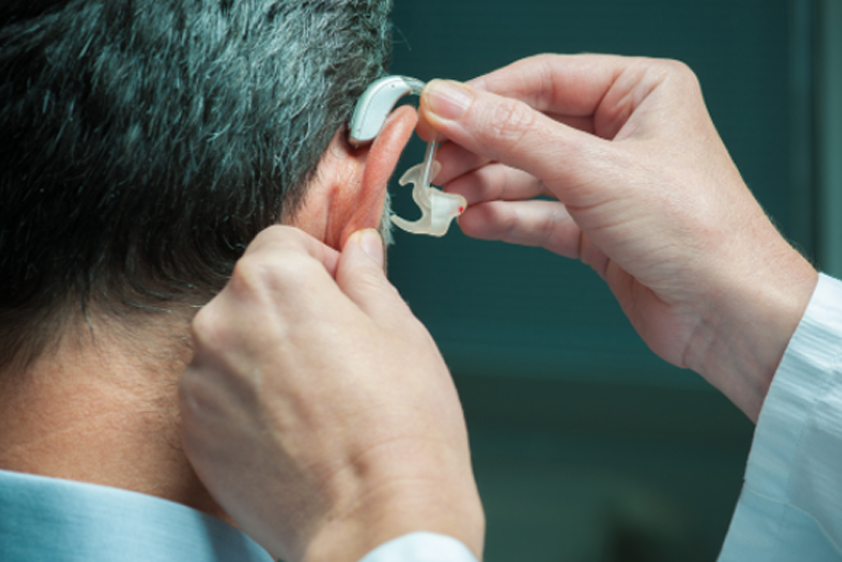





Hearing Aids Technologies
If hearing loss is due to the weakness of the nerve responsible for carrying the impulses from the inner ear to the brain, hearing aids can be helpful. Our audiologists will discuss with you the potential benefits of each hearing aid and fit you with one that is most comfortable for you.
- Motion Sensor hearing
- Artificial Intelligence-based hearing aids
- Smallest hearing aid invisible in the canal
- Rechargeable hearing aid
- High volume of the television
- Phone connectivity with the hearing aid
- Hearing aid fitting International method
- Wireless TV Connector
Spectra Plus offers a wide range of hearing aids for all ages
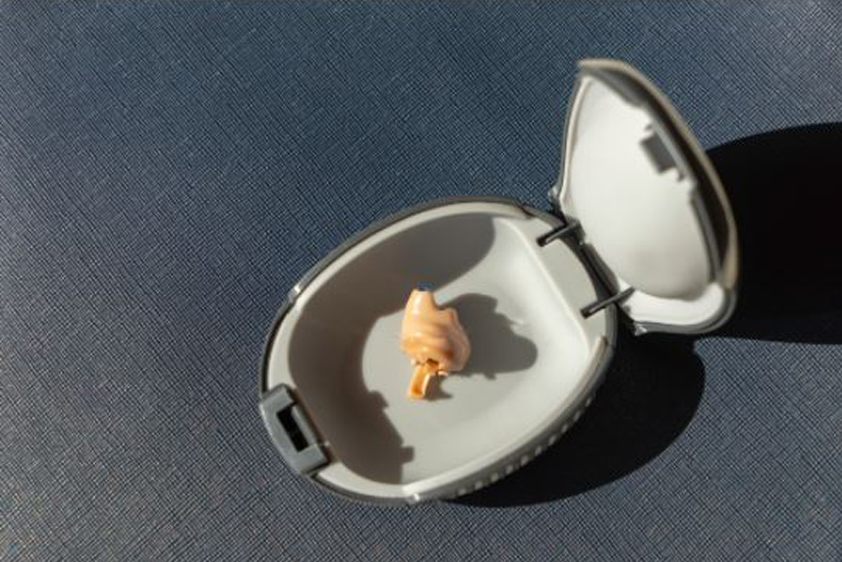

Hearing Aids
- CIC: Completely in the Canal
- ITC: In the Canal
- ITE: In the Ear
- BTE: Behind the Ear
- RIC & RITE: Receiver in Canal or the Ear
A completely-in-the-canal is a hearing aid that is moulded to fit inside the ear canal. It improves hearing loss in adults from mild to moderate level.
This is custom moulded and fits partly in the ear canal. This type can improve mild to moderate hearing loss for adults.
Hearing aids have two types — one fills the outer ear (full shell) and another fills only the lower ear (half shell). They are both helpful for people with mild to severe hearing loss and are available with two microphones for better hearing in noise.
Hearing aid fits over the top of the ear and rests behind the ear. A thin tube connects the hearing aid to an earpiece that fits in the ear canal. This type is appropriate for almost any type of hearing loss and of all ages.
Both are similar to a behind-the-ear hearing aid with a speaker or receiver that sits in the ear canal. The speaker or the receiver is connected to the piece behind the ear through a tiny wire.
An open-fit hearing aid varies from the behind-the-ear hearing aid, a thin tube or the receiver-in-the-canal or receiver-in-the-ear hearing aid with an open dome in the ear. This type of hearing aid keeps the ear canal open, allowing low-frequency sounds to enter ear naturally and high-frequency sounds to be amplified through the hearing aid. This variant of hearing aid is a good choice for people with mild to moderate high-frequency hearing loss and low-frequency hearing.


